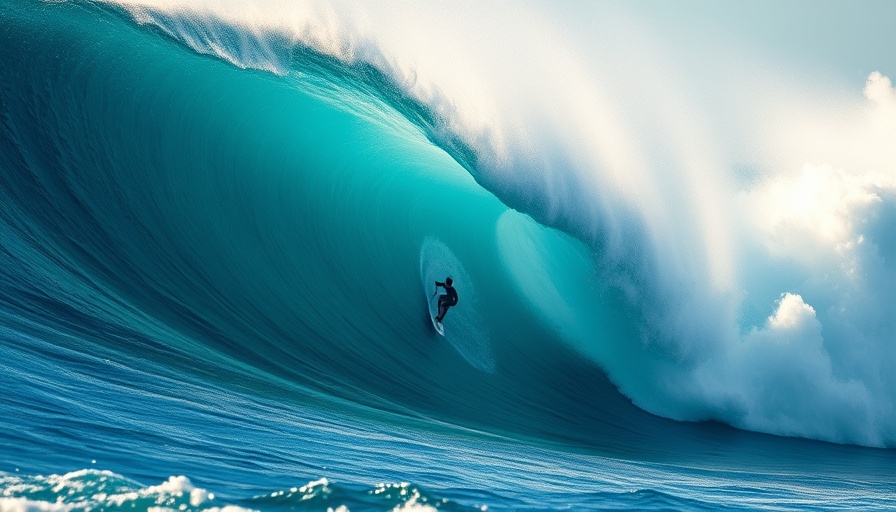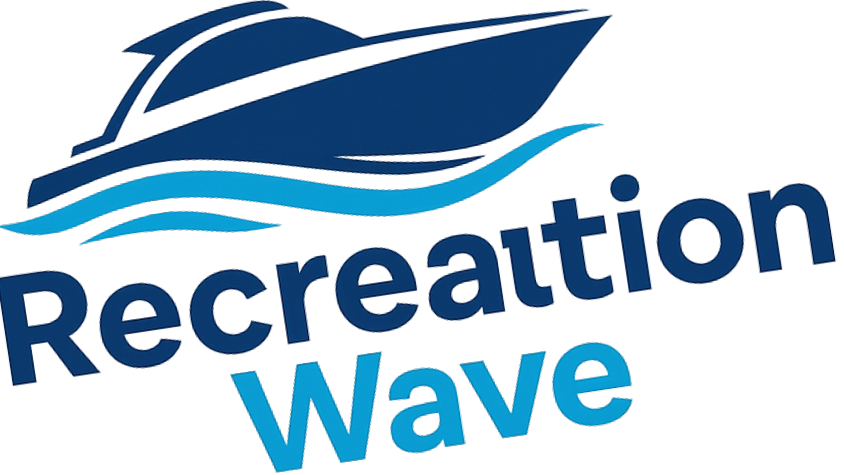
Are Eco-Boards the Future of Surfing?
Eco-boards are making waves—literally! With skilled surfer Miguel Blanco at the forefront of the Eco-Board Project, we've seen a thrilling fusion of sustainability and performance surfing. The big question persists: can these eco-friendly boards really handle the world’s heaviest waves? Inspired by testing conditions from Nazaré to Jaws, Blanco dove deep into this quest, determined to shatter the stigma surrounding eco-boards with the emphasis on performance.
Performance Testing in the World’s Heaviest Waves
Known as a slab hunter, Miguel Blanco sought to challenge the widespread belief that eco-boards lack the resilience needed for heavy surf. His test didn’t just involve serene beach waves but tackled monstrous swells, pushing the limits of these innovative boards made from recycled materials. After extensive use, Blanco affirmed that his new eco-quiver crafted by Polen Surfboards—using Polyola blanks and bio-epoxy resin—performed admirably through every challenge.
What Makes Eco-Boards Unique?
The construction of eco-boards marks a pivotal shift in how surfboards are designed. Rather than traditional foam, these boards utilize recycled PU foam in their composition. This environmentally-conscious approach reduces plastic waste while still maintaining strength and performance. For Blanco, the success of these eco-boards means more than just personal satisfaction; it's an invitation for all surfers to embrace sustainable alternatives.
Environmental Reflections Affecting Surfers
Blanco's narrative also transcends mere testing; it delves into the environmental issues affecting the surfing community. His journey through Hawaii exposed him to the complexities of island life, where tourism often overshadows the struggles faced by local Hawaiians. The surfer speaks of the paradox where paradise coexists with poverty, emphasizing that awareness and support for local communities remain vital for a sustainable future.
Suffering for Change: A Personal Journey
During his trek across the globe, Blanco also faced health challenges, including an ear infection spurred by water pollution in Morocco. As he reflected quietly, he pondered: "How long are we going to take to change?" This stark reality serves as a wake-up call for surfers and the world, reminding us that the ocean is wounded and requires our protection.
Embracing Sustainability: A Community Responsibility
What does it mean to ride an eco-board in today’s climate? It's about acknowledging our connection to the ocean and taking responsibility for its health. As more surfers adopt eco-friendly practices, we create a community poised to enact meaningful change. Sustainability isn't just a trend; it's a necessity if we want to preserve the oceans we love.
Join the Movement
So, can eco-boards survive the toughest waves? Miguel Blanco says they can—and that's instilling a newfound hope for the future of surfing. As more surfers explore these boards, embracing the challenge, they’ll not only enjoy the thrill of the ride but also support a healthier planet. Consider testing an eco-board yourself at your local surf shop. Be part of the change; keep the surf culture vibrant, sustainable, and exciting for future generations!
 Add Row
Add Row  Add
Add 




Write A Comment